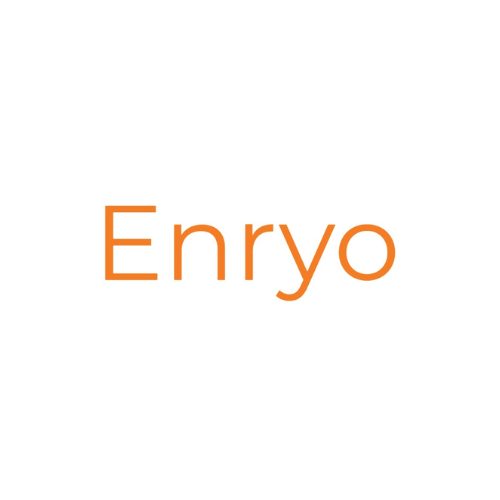Paxos, the blockchain company behind the Pax Dollar stablecoin, is making significant strides in expanding the use of stablecoins in the payments industry through its newly launched enterprise-grade infrastructure. On 15th October, Paxos revealed its new stablecoin payments platform, which is designed for payment service providers (PSPs) and fintech firms looking to integrate stablecoin payments into their systems. This move marks a major step in the broader adoption of stablecoins in the payments space, offering faster and more cost-efficient solutions compared to traditional payment methods.
Stripe, a global leader in payment processing, is the first PSP to incorporate Paxos’ infrastructure into its services. This integration will be featured within Stripe’s ‘Pay with Crypto’ product, enabling users to accept stablecoin payments, which can then be settled in fiat currencies such as the US dollar. The aim is to streamline global transactions and make cross-border payments more accessible and affordable for businesses and consumers alike.
Paxos’ new platform is built on a robust application programming interface (API) that allows PSPs and fintech providers to offer stablecoin payments without the need for individual merchant outreach. Merchants will have the flexibility to decide whether to accept stablecoin payments or convert them into fiat currencies using Paxos’ infrastructure. To participate, customers will need to set up a wallet with Paxos, after which merchants and payment providers can choose their preferred settlement method.
At its launch, the platform supports conversions between the US dollar and three major stablecoins: Pax Dollar (USDP), PayPal USD (PYUSD), and Circle’s USD Coin (USDC). Paxos has plans to expand beyond the US dollar in the future, reinforcing its commitment to supporting a diverse range of assets and blockchain networks. The platform’s availability in the United States positions it to cater to a broad range of businesses, with Stripe already supporting pay-ins from over 70 countries, highlighting the global potential of this infrastructure.
Once a stablecoin payment is processed, businesses have the option to convert the funds into fiat currency or transfer the stablecoins directly to the merchant. The system also allows merchants to issue refunds by converting fiat back into stablecoins and sending the funds to the original wallet used in the transaction. This process supports stablecoins such as PYUSD and USDP via on-chain transfers through the Solana and Ethereum networks, with USDC supported on Ethereum, Solana, and Polygon.
Paxos views this development as a significant leap towards providing enterprise-grade payment infrastructure. By combining its regulatory-first approach with robust capabilities in onboarding, custody, and money movement, Paxos aims to meet the growing demand for stablecoin solutions in the payments sector. With the stablecoin market continuing to grow—surpassing $170 billion in total value as of September—Paxos intends to keep evolving its platform by adding new assets and blockchain networks over time, driven by customer needs and market trends.
This new platform reflects the ongoing transformation of the payments landscape, as stablecoins become an increasingly important tool for global commerce and financial innovation.































































